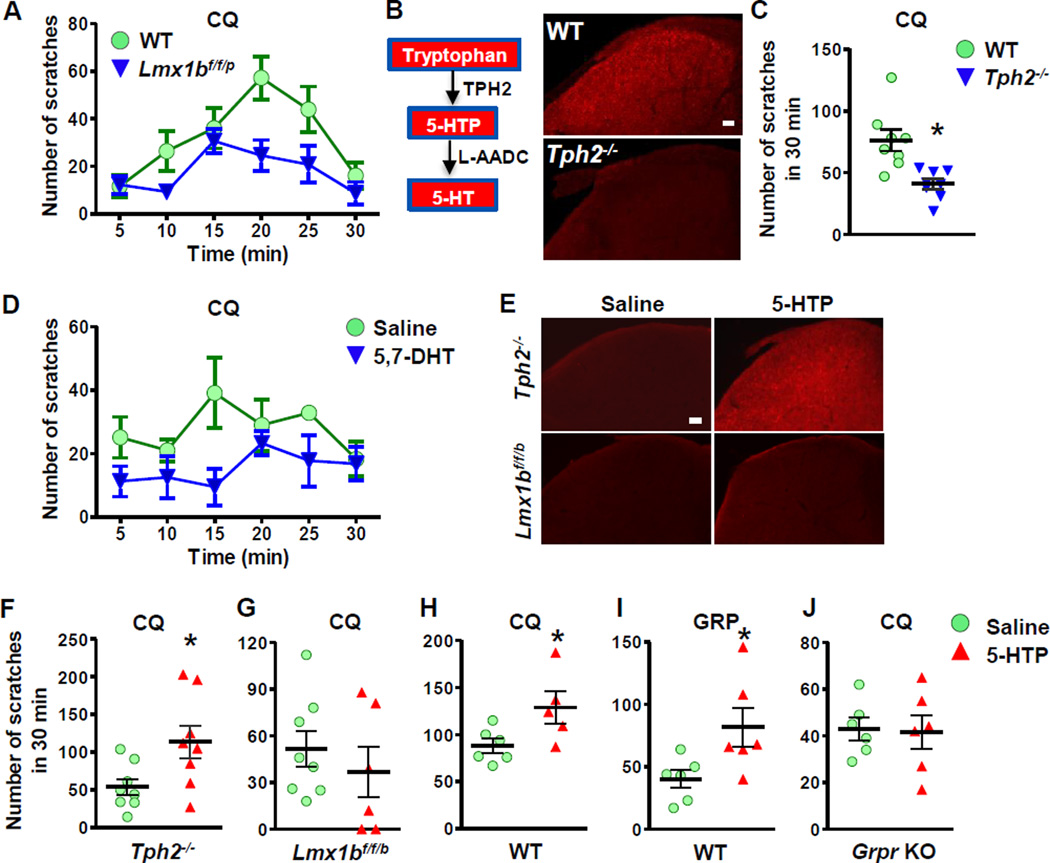Figure 1. Central Serotonin Facilitates Itch Transmission.
(A) Lmx1bf/f/p mice showed deficits in CQ-induced scratching behavior (p < 0.05).
(B) Diagram showing synthesis of 5-HT in the brain. IHC images show that spinal 5-HT was not detectable in Tph2−/− mice.
(C) Tph2−/− mice exhibited attenuated CQ-induced scratching responses.
(D) CQ-induced scratching responses were attenuated after 5,7-DHT injection in C57Bl/6J mice (p < 0.05).
(E) Injection of 5-HTP (10 mg/kg, i.p.) for 60 min restored dorsal spinal 5-HT in Tph2−/− mice, but not in Lmx1bf/f/p mice.
(F and G) Injection of 5-HTP for 30 min rescued CQ-induced scratching behavior in Tph2−/− mice (F) but not in Lmx1bf/f/p mice (G).
(H-J) Injection of 5-HTP facilitated scratching behaviors induced by CQ (H) and GRP (I) in C57Bl/6J mice, while Grpr KO mice did not respond to 5-HTP injection (J).
Error bars represent SEM. *p < 0.05, versus WT (C) or saline (F-J), by un-paired t test in C, F-J or Two-way repeated measures ANOVA in A, D. n = 6–9. Scale bars: 100 µm. See also Figure S1.

